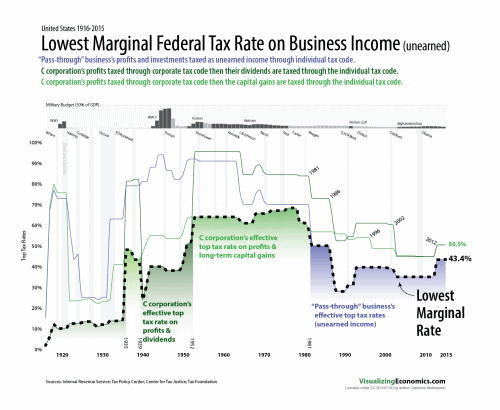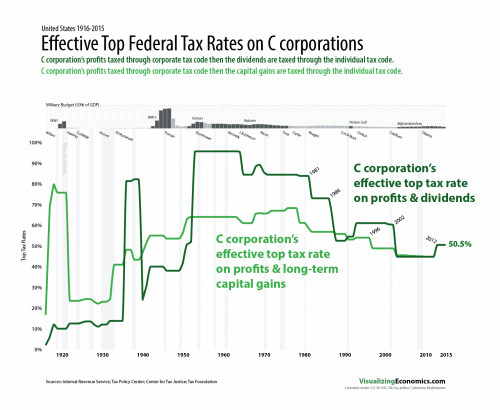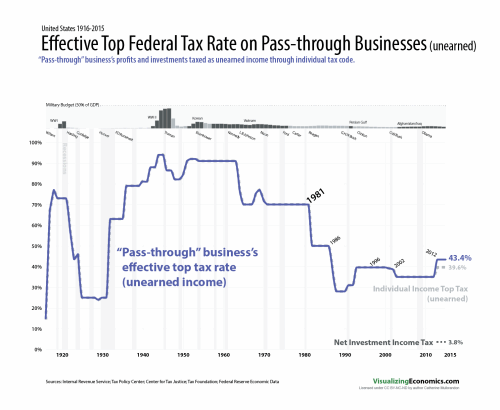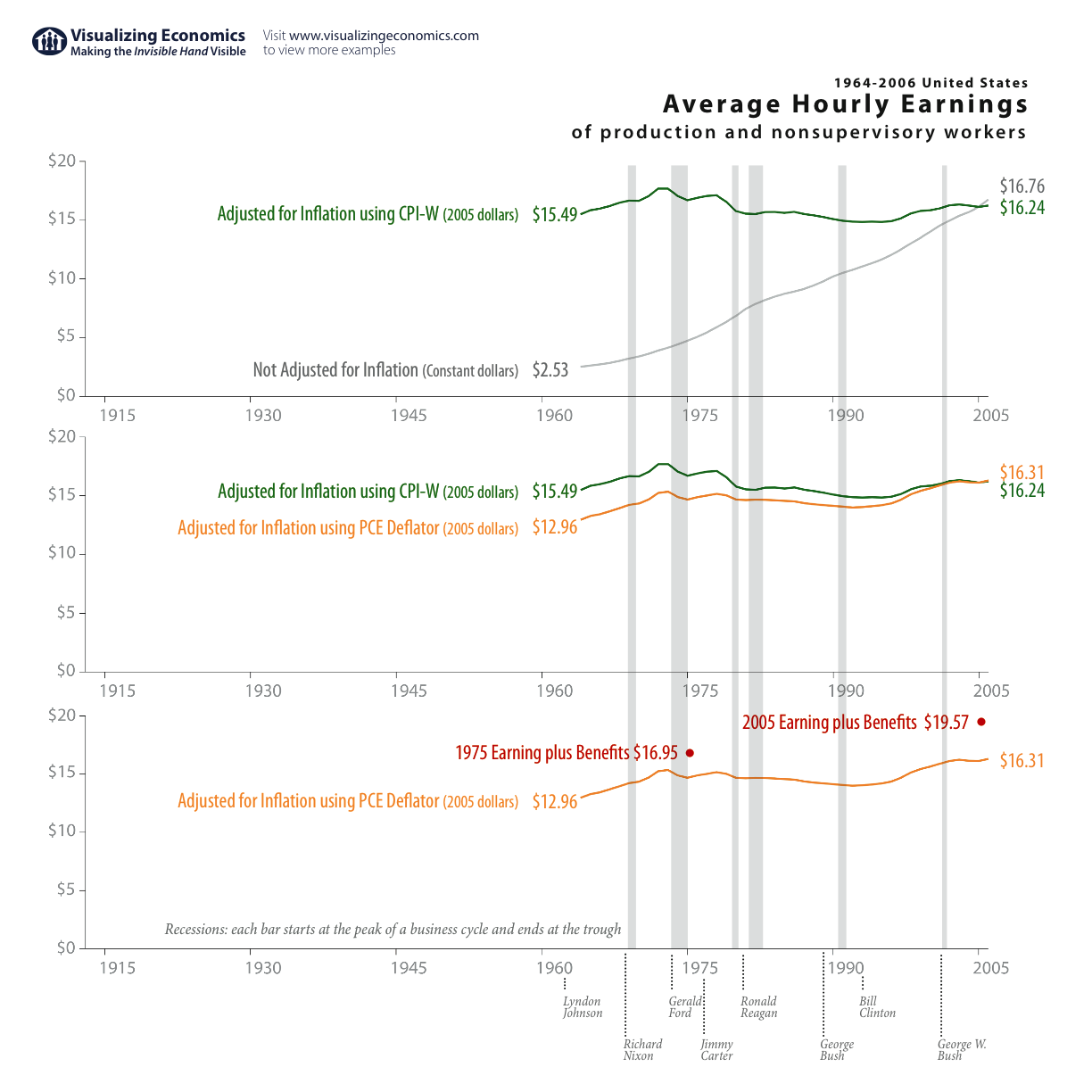My first bar chart illustrates changes in family spending over the 20th century and is based on a report of consumer expenditure data and decennial census reports. This graph shows how the spending on food, clothing and housing has become a smaller percentage of the average family budget, to just over 50%. I them created a second bar chart presenting family spending data in 2009 across different income groups to show how the average family at the beginning of the 20th century was poorer relative to low-income families today when looking at spending patterns. However, this consumer data focuses on families income groups below $150,000 a year and does not tell us what the spending patterns of the top 1% (incomes above $350,000) or top 0.1% (incomes above $1.5 million)
Read Online to view all to the graphics from my book.
These graphs were created using OmniGraphSketcher copied into Adobe Illustrator for additional annotations.
Data Source: Dolfman, Michael L., and Denis M. McSweeney. “100 Years of U.S. Consumer Spending: Data for the Nation, New York City, and Boston.” Report no. 991, US Bureau of Labor Statistics. http://www.bls.gov/opub/uscs/.









